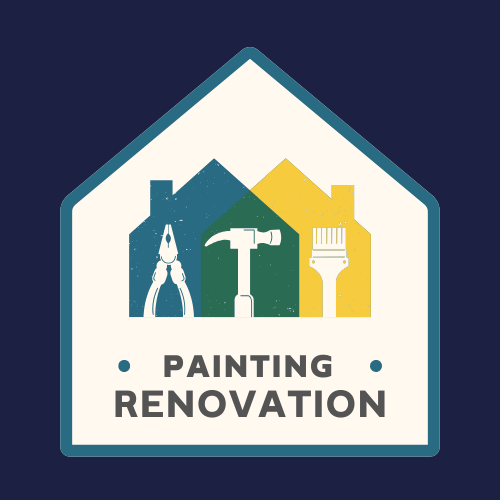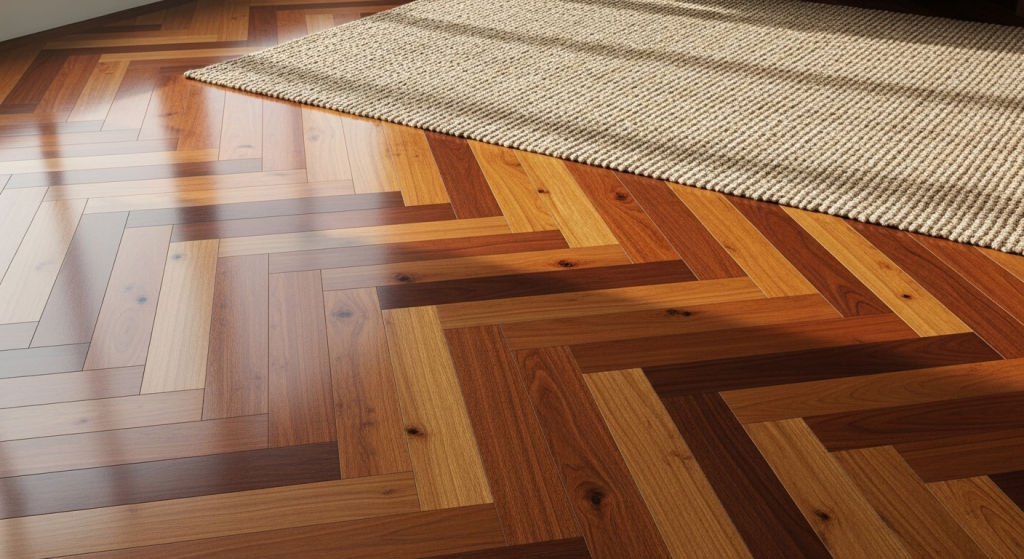
Flooring is frequently referred to as the “fifth wall”—it encompasses the most extensive continuous surface in any room and influences the overall ambiance, comfort, and upkeep requirements of your residence. Choosing the appropriate material is a significant decision that affects your everyday life as well as the long-term value of your property. Before becoming enamored with a specific aesthetic, it is essential to evaluate your practical needs to guarantee that your selection harmonizes style, budget, and functionality.
Key Questions to Ask Before You Choose
To refine your choices, take into account these crucial elements pertaining to the distinctive environment of your home:
- Location and Moisture: Is this area prone to moisture (such as a bathroom, kitchen, or laundry) or is it a dry space? Only completely waterproof materials, such as vinyl or tile, should be utilized in wet areas where spills and humidity are prevalent.
- Foot Traffic and Durability: Is this a primary corridor or a tranquil bedroom? If you have children or pets, opt for a material that boasts a high Durability Rating (for instance, the AC Rating for laminate or the PEI Rating for tile).
- Underfoot Comfort: Are you seeking warmth and softness, or is ease of cleaning your main concern? Materials like carpet and wood provide warmth, whereas tile and stone offer cooler and significantly harder surfaces.
- Subfloor Condition: Is your subfloor made of concrete or wooden planks? Concrete slabs may necessitate a moisture mitigation barrier prior to the installation of wood, and uneven surfaces always require leveling before the installation of LVT or planks to avert movement and cracking.
A Comparative Look at Popular Flooring Materials
Different materials offer distinct advantages and disadvantages depending on the room they are installed in:
1. Luxury Vinyl Tile (LVT) and Luxury Vinyl Plank (LVP)
LVT and LVP are modern synthetic materials that expertly mimic the look of natural wood or stone using highly realistic photographic layers.
Pros:
100% Waterproof and ideal for any room in the house.
Extremely scratch-resistant and simple to clean.
Highly affordable and often easy to install via interlocking “click” systems.
Cons: Cannot be sanded or refinished; sometimes perceived as having lower value than natural materials like wood.
Best For: Kitchens, bathrooms, laundry rooms, and rental properties where durability and moisture resistance are paramount.
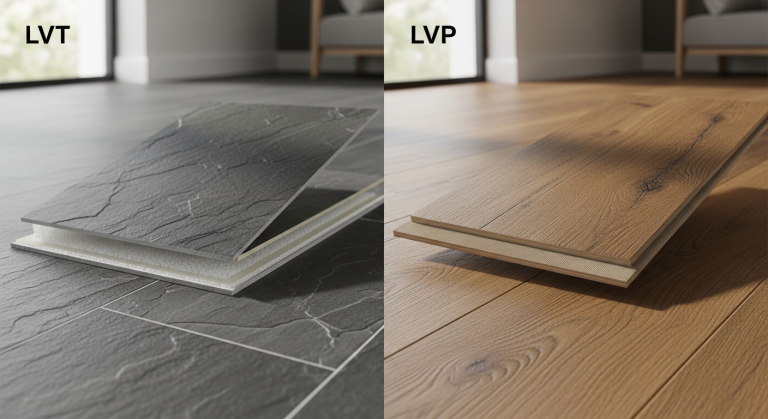
2. Engineered Wood
This is a true wood product featuring a real hardwood veneer layered over a high-stability plywood core. It offers the aesthetic benefits of wood with enhanced structural performance.
Pros:
Provides an authentic wood aesthetic and warmth.
More resistant to humidity and temperature changes than solid hardwood.
Can be installed over concrete subfloors (with the proper moisture barrier).
Cons: Higher cost; still vulnerable to deep scratches and damaged by standing water; can typically only be refinished once or twice.
Best For: Living rooms, dining areas, and bedrooms where warmth, luxury, and a natural look are key design elements.
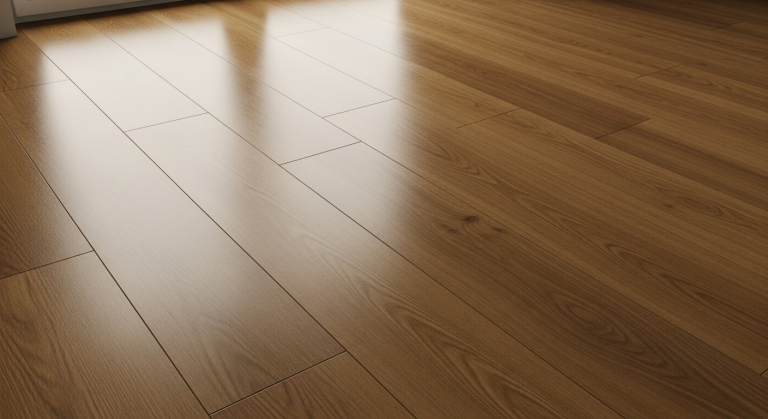
3. Porcelain and Ceramic Tile
Tiles are highly durable, non-porous surfaces made from clay and other materials fired in a kiln. Porcelain is the denser, professional-grade option.
Pros:
Unmatched durability and wear resistance.
Completely waterproof and excellent with underfloor radiant heating systems.
Minimal long-term maintenance required.
Cons: Cold and very hard underfoot; installation is time-consuming and costly due to the high skill required for levelling, precise placement, and grouting.
Best For: High-moisture areas, outdoor patios, high-traffic commercial spaces, and main entryways.
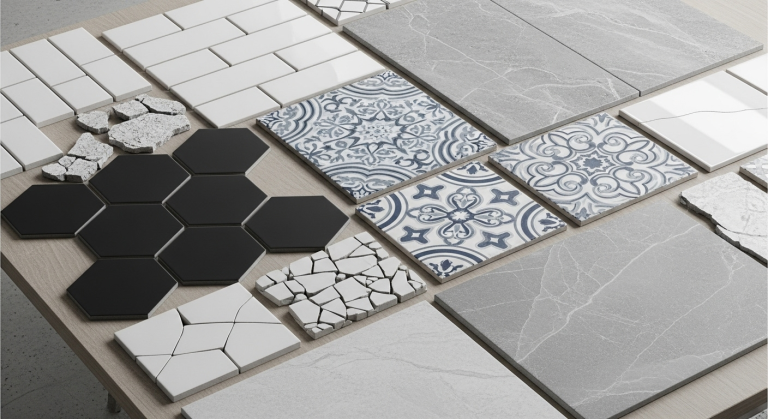
Understanding the True Cost: Material vs. Installation
When budgeting for your new floor, you must look beyond the initial purchase price of the material. The installation cost often varies the most and can dictate your total project expense.
LVT: Generally has the lowest installation cost due to its lightweight and simple click-and-lock nature.
Engineered Wood: Installation is mid-range, often involving floating or gluing the planks down.
Tile: Has the highest installation cost due to the extensive preparation work needed (subfloor levelling) and the sheer time required for precise grouting and sealing.
Ultimately, a professional installation is non-negotiable. It ensures the subfloor is properly prepared and moisture barriers are correctly applied, which prevents expensive failures like buckling, warping, or cracking down the line, regardless of your material choice.
Conclusion
Selecting the appropriate flooring is a crucial choice that will influence both your renovation project and your lifestyle for many years ahead. Do not allow aesthetics to overshadow practical considerations; the most visually appealing floor is one that can endure the challenges of its surroundings. Whether you choose the durability of LVT for the kitchen or the elegance of engineered wood for the living room, it is essential to ensure adequate subfloor preparation and professional installation. A lasting renovation is constructed from the base up—make a wise investment in your foundation, and you will enhance your home’s future value and comfort.
